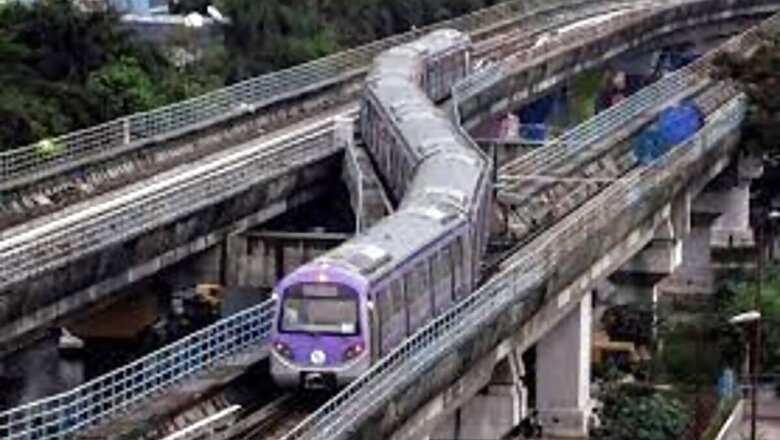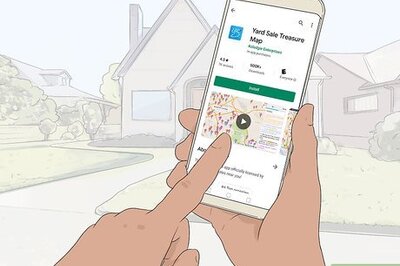
views
As the second wave of Covid-19 batters India, researchers at the Indian Institute of Science Education and Research (IISER), Pune have revealed that transport modes and their usage frequency may be playing a significant role in the rapid spread of the Covid pandemic.
A team of researchers devised a hazard map of Indian cities to understand the spread of infectious diseases from a host city reporting an outbreak and its spread.
As per the findings Delhi, Mumbai, Kolkata, Bengaluru, Hyderabad, Chennai, Ahmedabad, Lucknow, Jhansi, Pune, and Jaipur occupied top positions in terms of spreading hazard while Amreli, Gangtok, Shimla, Kannur, Tezpur, Osmanabad, Jorhat, and Junagad remained among the cities that had least hazard at the time of an outbreak.
The above conclusion was reached after studying 446 cities with over one lakh population. The researchers made use of air, rail and road transport between these cities to create this hazard map for the country and compared them with the spread of Covid-19 cases reported between March and July 2020.
Deliberating on the issue, MS Santhanam, professor, Department of Physics at IISER, Pune said that the hazard map provides a lead time informing how long the disease will take to travel to other parts of the country. With this information, government agencies can stay prepared and plan travel restrictions accordingly.
Also Read: Pulitzer Prize 2021: Pulitzer Board Honors Teenager Darnella Frazier For Her ‘Courageous’ Video of George Floyd Murder
The IISER scientists also concluded that frequency of travel and not geographical proximity is a better predictor of the risks to cities. Explaining this theory, the scientists said that even though Osmanabad in Maharashtra is geographically located closer to Mumbai, but, in the event of an outbreak in Mumbai, due to better air and rail connectivity, the disease will reach Delhi or Kolkata sooner than Osmanabad.
They also predicted that the available time before a disease makes an in-road from another city or as the scientists call it ‘lead time’ can range between one to three days for cities with higher travel frequency while it may take up to 15 days to make inroads in those towns and cities which are not as well-connected or visitor-friendly.
As a solution, however, the researchers argued that rather than closing all transport services in India, the hazard risk of cities and towns must be assessed for timely initiation of measures towards effective curbing of Covid-19’s spread.
India’s Covid-19 caseload climbed to 29,359,155 on Saturday after 84,332 new infections were logged in the last 24 hours. This is the first time in more than two months that the daily cases went below the 90,000-mark.
Read all the Latest News, Breaking News and Coronavirus News here.



















Comments
0 comment